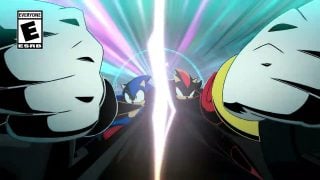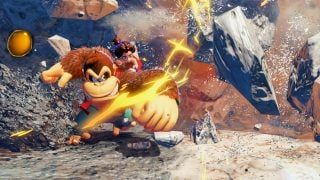Nintendo’s first decade in the video game industry brought many revolutionary ideas to the table. There was the introduction of the D-Pad, the genius marketing of the NES across the United States, early motion controls… How the company closed out that first ten years, however, changed things on an even bigger scale, even if the invention itself could snugly fit into your back pocket.
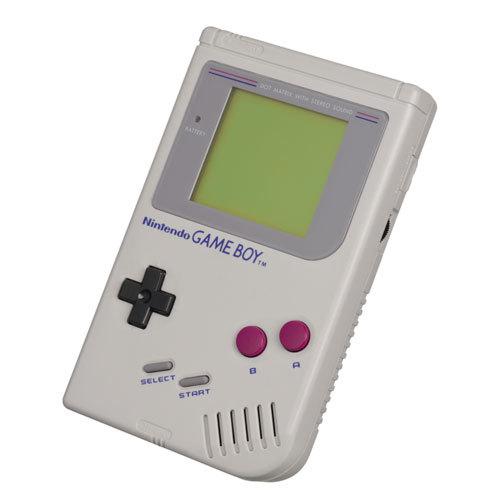
The Nintendo Game Boy hit stores across Tokyo on April 21st, 1989, as a portable electronic device following in the footsteps of the Game & Watch. Where those were simple LCD score-chasing experiences, however, the Game Boy promised something more tantalizing – a handheld gaming platform that would play cartridges, essentially miniaturizing the NES experience.
Needless to say, it was a massive success, with 118.69 million hardware units being sold to this day. To put that achievement into perspective – the Wii, the home console that many would argue brought gaming “mainstream” in the latter half of the 2000’s, sold 101.63 million units. The only Nintendo device to outperform the Game Boy is the DS, another handheld that practically owes its very existence to the ol’ grey brick.
This success wouldn’t be possible without the involvement of Gunpei Yokoi, however. He not only designed the system but also the aforementioned Game & Watch and D-Pad – without him, Nintendo likely wouldn’t be the juggernaut it is today. Sadly he lost his life in 1997, a year after splitting with the company after the failed launch of the Virtual Boy. Considering the proliferation of virtual reality today, it’s easy to see that Yokoi was a true visionary ahead of his time, and we can only imagine what else he’d have achieved if he weren’t taken from us so soon.
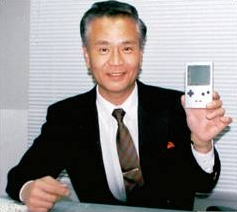
The Game Boy was more than just an important piece of hardware, though, as plenty of major franchises and characters saw their first appearances on the system. Everyone knows about Pokémon, which has been the highest grossing media franchise for years now, but don’t forget Wario, who made his debut in Super Mario Land 2, or SquareSoft kicking off the Mana saga with Final Fantasy Adventure. The Game Boy, like the NES and arcades before it, was a breeding ground of new ideas and talent, with the likes of Masahiro Sakurai, who is now best known for painstakingly working on the Super Smash Bros. series, getting a directorial debut at the age of 19 with a little pink (or white… or yellow?) puffball called Kirby.
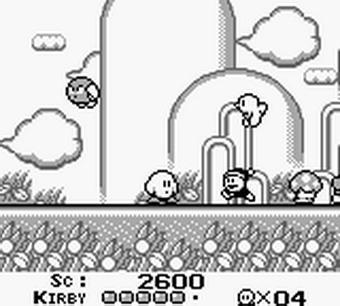
And let’s not ignore the spinning block in the room – Tetris, a simple puzzle game that paired perfectly with the pick-up-and-play nature of the Game Boy. It’s no wonder it became the best-selling game on the platform, with a popularity that endures to this day, allowing for interesting multiplayer experiments like Tetris 99 and surreal artful experiences like Tetris Effect.
The Game Boy branding survived for almost two decades, with the Pocket, Light, Color, Advance, Advance SP, and Micro all going strong as other publishers like Sega and Sony entered and exited the same arena. The emergence of smartphones, however, has put something of a dampener on handheld-only gaming consoles, but the Game Boy’s DNA lives on in the Switch, which is essentially the culmination of everything the Game Boy was trying to be – a home console-level experience on the go.
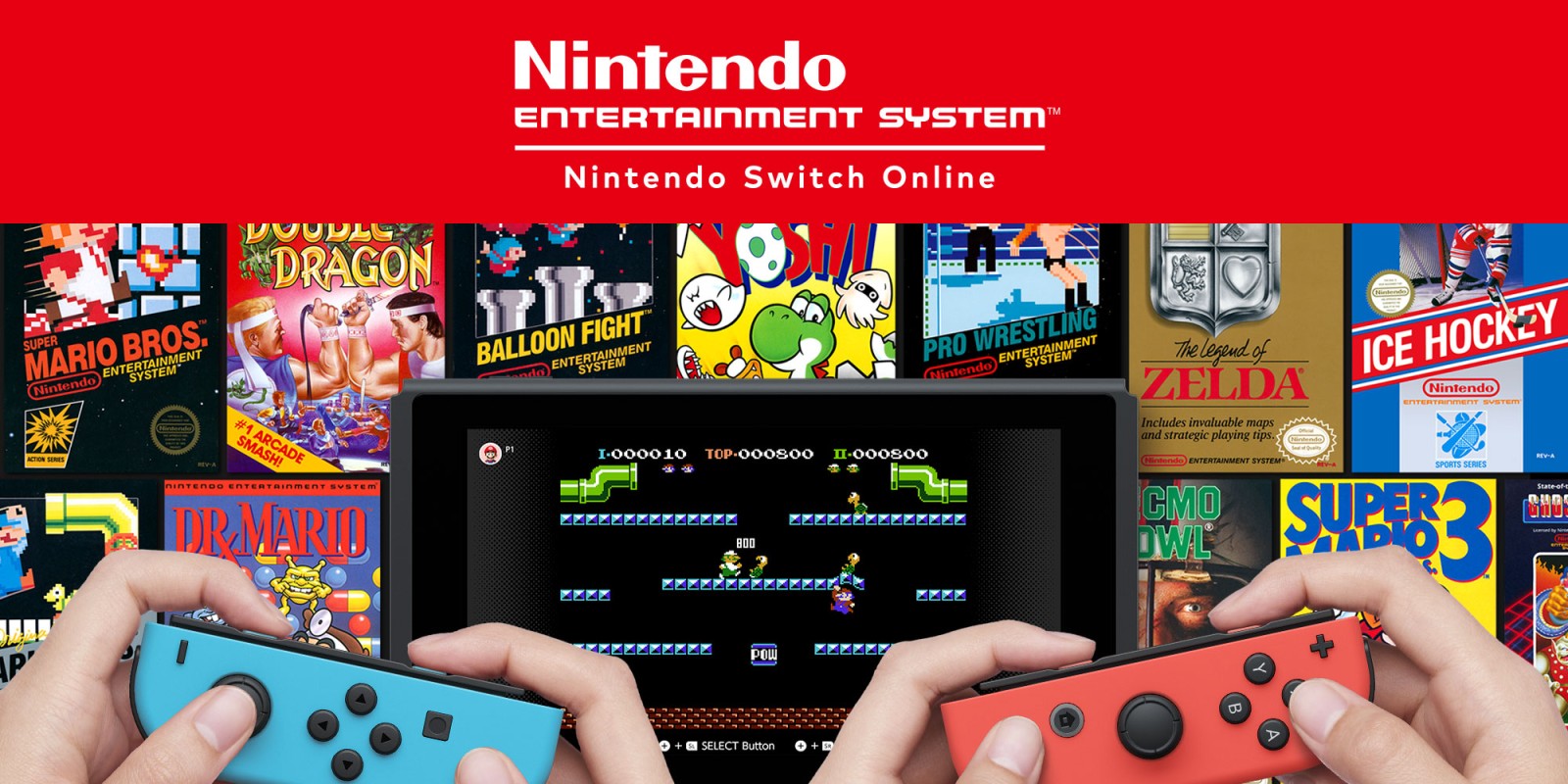
With the Game Boy branding sticking around for 30 years in one way or another, chances are you have some nostalgia for the system. So to mark the milestone, why not play some classics via the 3DS Virtual Console, or even dig out your old carts? You could even check out our de-make series, which re-imagines a few modern games in the charming, limited styles of older systems, with the Game Boy Color being prime target.
So here’s to another 30 years of Game Boy love!
